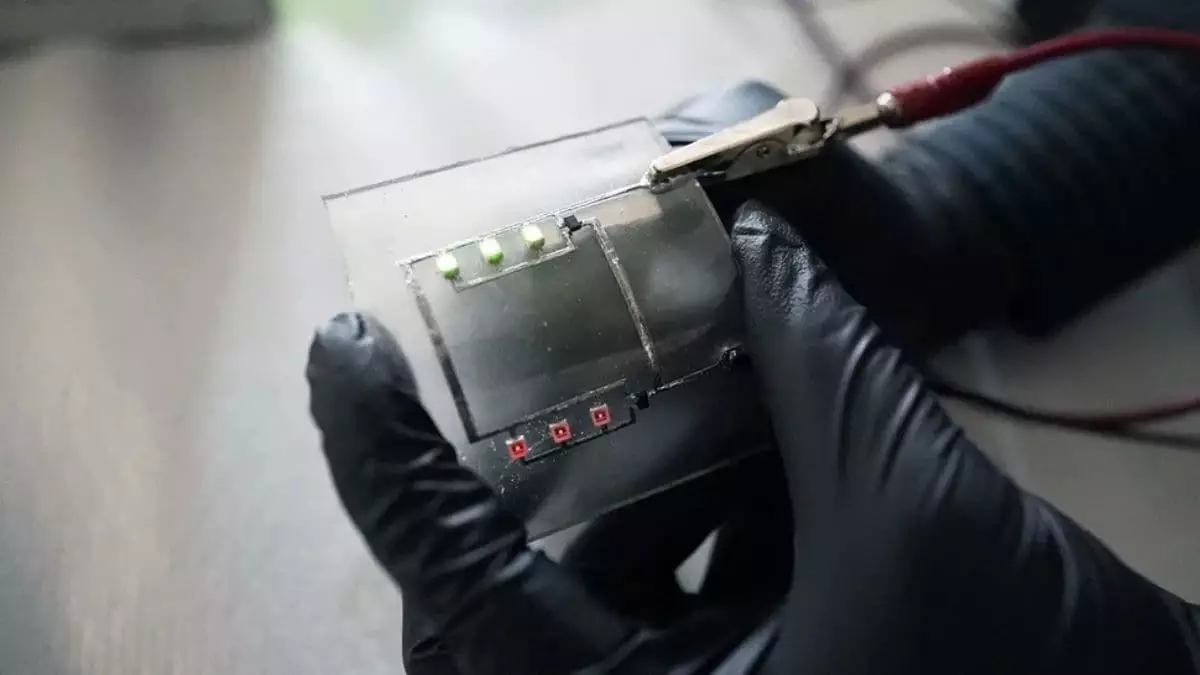The development of self-healing circuit boards infused with liquid metal and constructed from vitrimer polymer represents a significant leap in electronic durability. At first glance, this innovation appears to align perfectly with the urgent need to address environmental waste and technological longevity. Yet, beneath its shiny surface lies a series of complex challenges and limitations that warrant cautious optimism. The technology promises resilience and recyclability—two qualities desperately needed in our rapidly evolving digital age. However, calling it a flawless solution may be overly optimistic, as the true durability and practicality of such systems remain untested at scale. The core idea—dynamic, heat-repairable, and conductive—sounds revolutionary, but whether it can truly replace the robust yet static circuit boards in widespread use is still uncertain.
Environmental Hope or Greenwashing?
E-waste has become an environmental peril of monumental proportions, with staggering growth numbers illustrating our growing dependence on electronics. This innovation offers a compelling narrative: a future where discarded devices don’t end up as toxic landfills because their core components can be reclaimed seamlessly. Yet, the reality is complex. While vitrimer-based boards are designed to be more recyclable and repairable, the actual process of recycling such advanced composites may introduce new environmental concerns—particularly due to the liquid metal droplets that facilitate conductivity. The extraction and processing of these materials might entail energy-intensive procedures that could offset the environmental advantages. Moreover, implementation at scale requires industries to overhaul manufacturing processes that are deeply ingrained and highly optimized for traditional materials. In this light, the environmental benefits may remain aspirational unless accompanied by comprehensive changes across the electronics lifecycle.
A Glimpse of Hope with Caveats
Despite reservations, the intrinsic qualities of vitrimer-based circuit boards are undeniably promising. The dual ability to withstand extensive deformation, recover shape after heating, and maintain electrical integrity suggests a paradigm shift in device resilience. Imagine a future where smartphones, laptops, and wearable tech could endure more than a typical lifespan and then be reshaped or recycled efficiently. Nonetheless, such transformations are contingent upon overcoming several technical hurdles—particularly in ensuring the long-term stability of embedded liquid metal conductors and their compatibility with standard electronic components. Additionally, the notion of reparability should not lull us into complacency; the current infrastructure for electronic recycling is woefully inadequate, and VC boards necessitate sophisticated processes that are not yet commercially viable. This technology’s potential is genuine, but it remains an unfulfilled promise unless backed by systemic changes and rigorous testing across diverse environmental conditions.
Center-Left Ideals and the Future of Tech Innovation
From a center-leaning liberal perspective, the pursuit of greener, more sustainable electronics aligns with broader societal goals of environmental stewardship and responsible consumption. While technological innovation fuels economic growth, it also bears the responsibility of minimizing harm and promoting fair resource management. The advent of self-healing, recyclable circuit boards underscores a vital shift—technological progress should not only serve commercial interests but also uphold ethical and ecological standards. Investment in research and development for such sustainable materials must be coupled with policies that regulate proper disposal and incentivize recycling infrastructure. It’s not merely about creating cool gadgets that can bounce back from damage but also about fostering a system that values longevity, reduces waste, and recognizes the inherent interconnectedness of technology and earth’s health. The true challenge now lies not just in engineering miracles but in aligning technological advancements with social responsibility.

Leave a Reply